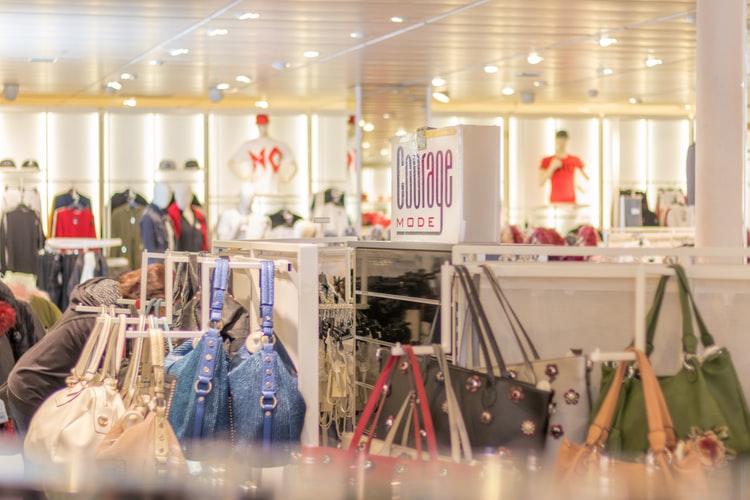Interesting facts about LED life
Long life is one of the outstanding advantages of LED lights compared to traditional lamps. LEDs have a lifespan of 20,000-50,000 hours, which is 20 times longer than incandescent lamps (750-1000 hours) and about 5 times longer than fluorescent lamps (7000-10,000 hours). However, in order to make the most of the LED's power for improving the quality of life, we need to understand the lifespan of the LED bulb and its associated parameters.
 Source: Phenikaa Lighting
Source: Phenikaa Lighting
LED lights are favored for their long life and energy saving
More and more cities around the world are benefiting from upgrading their lighting systems to energy efficient LED technology. According to the Imarc* report in March 2021, 2025 will continue to see the "throne" of LED technology, wireless lighting and lamps used in modern interior design. Vietnam LED market is expected to reach a value of $1.056 billion by 2026. It is easy to see that fluorescent and incandescent lamps are gradually being replaced by LEDs in both lighting and home decoration. residential and industrial lighting thanks to its energy saving, longevity, durability and environmental friendliness. The unprecedented energy savings, of 50 to 70%, when using LEDs over traditional lights are seen as a compelling reason to raise the priority of using LEDs for other needs. living needs.
How long do LED lights last?
Unlike halogen lamps, where incandescent or fluorescent lamps can "burn out" completely - no longer giving off light, LEDs continue to maintain a light source with a luminous flux that achieves a fraction of the original luminous flux. after a long time of use. There are several definitions for LED lifetime of which the L70 lifetime definition is the most common and widely accepted. The L70 life of an LED is the time it takes for the lamp to operate until its luminous flux is 70% of its original luminous flux. LEDs have a lifespan of about 20,000 hours, which means that after 20,000 hours of use, the LED will give out 70% of its light output. Below 70%, the device is not recommended to provide qualified lighting. At that time, the color temperature of the lamp may also change, leading to differences in lighting efficiency.
Considering the same operating environment, the lifespan of LED bulbs always prevails over traditional lighting devices. LEDs have a lifespan of 20,000-50,000 hours, which is 20 times longer than incandescent lamps (750-1000 hours) and about 5 times longer than fluorescent lamps (7000-10,000 hours). Although the initial cost can be twice as much as that of incandescent lamps, the replacement cost of LED lamps is many times more optimal, helping this lamp gradually become a popular lighting device, completely replacing other types of lighting. previous lights.
Do a simple math: If we use the lights for an average of 8 hours a day, then a 7,000-hour fluorescent lamp will last for 2.4 years, a 20,000-life LED hours capable of lighting for 6.8 years. An ideal number for the lifespan of civil lighting equipment with a cost of only 40-100 thousand VND.
.png)
Temperature can limit lamp life
LED bulb housing temperature is also an important factor affecting lamp life. Temperatures higher than 85 degrees will shorten the life of the lamp. If the bulb housing temperature is higher than 105 degrees, the lamp is likely to stop working. In addition, when the lamp is operated continuously for a long time without maintenance, the quality of the components in the lamp will degrade, leading to deterioration in light quality. After a period of operation, parts such as the heat sink, the dust cover will prevent the lamp's heat from escaping. And as a result, the entire lamp is heated up, which in the long run will reduce lamp life.
The secret to extending lamp life
- Avoid high temperature, high humidity environment: The high temperature and humidity of the environment around LED lights can greatly reduce the life of the lamp. Environmental conditions such as humidity in the air (below 80%) or ambient temperature (between 25 °C and 30 °C) will keep the lighting device “healthy” in the long run.
- Using the same lighting technology in the same device: Since incandescent and halogen bulbs generate a large amount of heat while producing light, LEDs should not be used near these light sources or in the same attached immobilizer.
- Turn off lights when not needed: Leaving lights on when not needed not only increases costs but also reduces lamp life. Use sensor LED to turn on - off easily and cost-effectively automatically.
- Check the power supply: Using incompatible voltage or power is one of the causes of premature failure of the device's circuit. For example, if a 50 Watt appliance is plugged into a 35 Watt power source, it will overload and damage the bulb.
- Make sure LED bulbs are right for your needs: Currently LEDs are designed specifically for
New generation high quality LED light

PHENIKAA LIGHTING LEDs, with a lifespan of up to 20,000 hours, are an economical, safe and cost effective lighting solution.
With the desire to bring a comprehensive lighting solution to users, PHENIKAA LIGHTING has invested in developing technology and the most professional LED production line in Vietnam with connected lighting products and integrated control. integrated in the 4.0 technology ecosystem. Phenikaa's LED products not only bring quality light sources that are friendly, safe for the environment and user's health, but also create a smart and convenient experience with many values for customers.
*: Imarc is a professional market research reporting company

